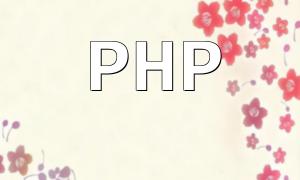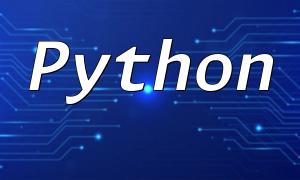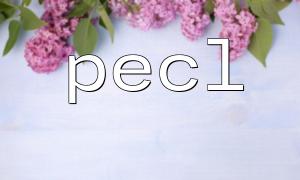PHP and Vue.js are two of the most popular technologies in modern web development. When combined, they provide an excellent solution for building efficient, scalable, and maintainable web applications. In this article, we will show you how to use PHP and Vue.js together to build a feature-rich mind mapping application.
Before we start building the mind mapping application, we need to define its functional requirements. Based on our analysis, the application should include the following key features:
To implement these features, we need to choose the right technology stack. Based on our experience, we recommend the following:
Before implementing the application, we first need to design the database structure. To store the mind map data, we can create a table called "mindmap" with the following columns:
To handle JSON data more efficiently, we can use MySQL 5.7 or later, which supports the JSON data type.
CREATE TABLE mindmap ( id INT PRIMARY KEY AUTO_INCREMENT, name VARCHAR(255), json_data JSON );
Once the database design is in place, we can begin implementing the backend logic. We will use PHP for the backend, with PDO for database access and Slim Framework for the RESTful API. Below is the code example for fetching the list of mind maps from the database:
class MindmapController {
private $db;
public function __construct(PDO $db) {
$this->db = $db;
}
public function index(Request $request, Response $response) {
$stmt = $this->db->query('SELECT * FROM mindmap');
$data = $stmt->fetchAll(PDO::FETCH_ASSOC);
return $response->withJson($data);
}
}
$app->get('/mindmaps', 'MindmapController:index');
This code uses PDO to query the database and fetch all mind maps, then returns the data in JSON format using Slim Framework's `withJson` method.
Once the backend is implemented, we can move on to the frontend. Using Vue.js along with Element UI, we can build the following features:
Here is the code for rendering the mind map using Vue.js:
<template>
<div id="app">
<el-tree :data="data" :props="defaultProps" @node-click="handleNodeClick"></el-tree>
</div>
</template>
<script>
export default {
data() {
return {
data: [],
defaultProps: {
children: 'children',
label: 'label'
}
};
},
mounted() {
axios.get('/mindmaps/1').then(response => {
this.data = response.data.json_data;
});
},
methods: {
handleNodeClick(data) {
console.log(data);
}
}
};
</script>
This code uses axios to fetch the mind map data from the server and then uses Element UI's `el-tree` component to display the data as a tree structure.
In this article, we have demonstrated how to build a mind mapping application using PHP and Vue.js. We began by analyzing the functional and technical requirements, then designed the database structure. After that, we implemented both the backend and frontend logic, including features like node expansion, search, and drag-and-drop. We hope this tutorial has helped you understand how to combine PHP and Vue.js to build powerful web applications. Good luck with your development!









